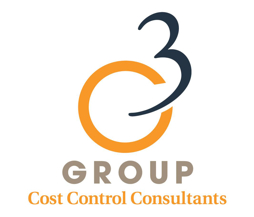e-MOD & The Bottom Line
e-MOD & The Bottom Line
Every business owner and executive should understand that their workers compensation experience modification factor (e-MOD) impacts how much they pay for workers compensation insurance. It’s also the only way these costs can be controlled.
The e-MOD is calculated each year using a combined claims history from a three-year rolling period. Each year, the rolling period drops off the oldest policy year and adds the most recent. If a company has unusually high claims during one policy year, the rate will adjust for the next three years. There is a one-year lag before a year is included in the experience modification calculation. The one-year lag is necessary because the entire cost of claims resulting from serious injuries may not be fully realized for a year.
[maxbutton id=”1″]
The average e-MOD for each business class code classification is 1.0. This means that a company with an e-MOD of 1.0 will pay 100% of the manual premium in their workers compensation premium calculation. Typically, higher losses results in a higher e-MOD. For example, a company with an e-MOD of 1.57 will pay 157% of their manual premium. This 57% surcharge reflects the higher than average claims and losses that the company experienced. An e-MOD can also be lower than 1.0. For example, a company with an e-MOD of 0.67 will pay only 67% of their manual premium. This essentially gives this company a 33% discount for having lower than average losses, claims and injuries.
The following example illustrates different e-MODs and their impact on workers compensation premiums – and the bottom line.

The e-MOD has a significant impact on what a company pays for workers compensation insurance. The difference between the low e-MOD and the high e-MOD in this example is $67,500 for the same insurance!
